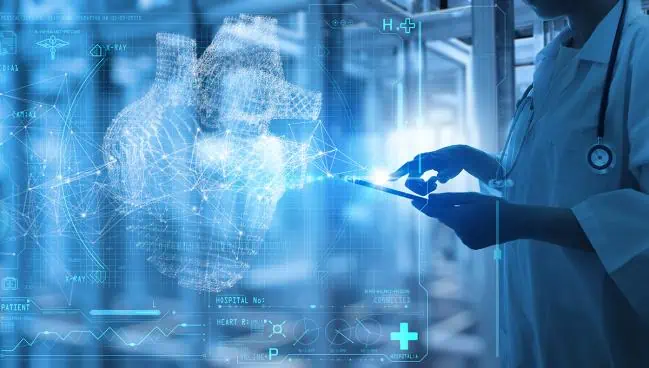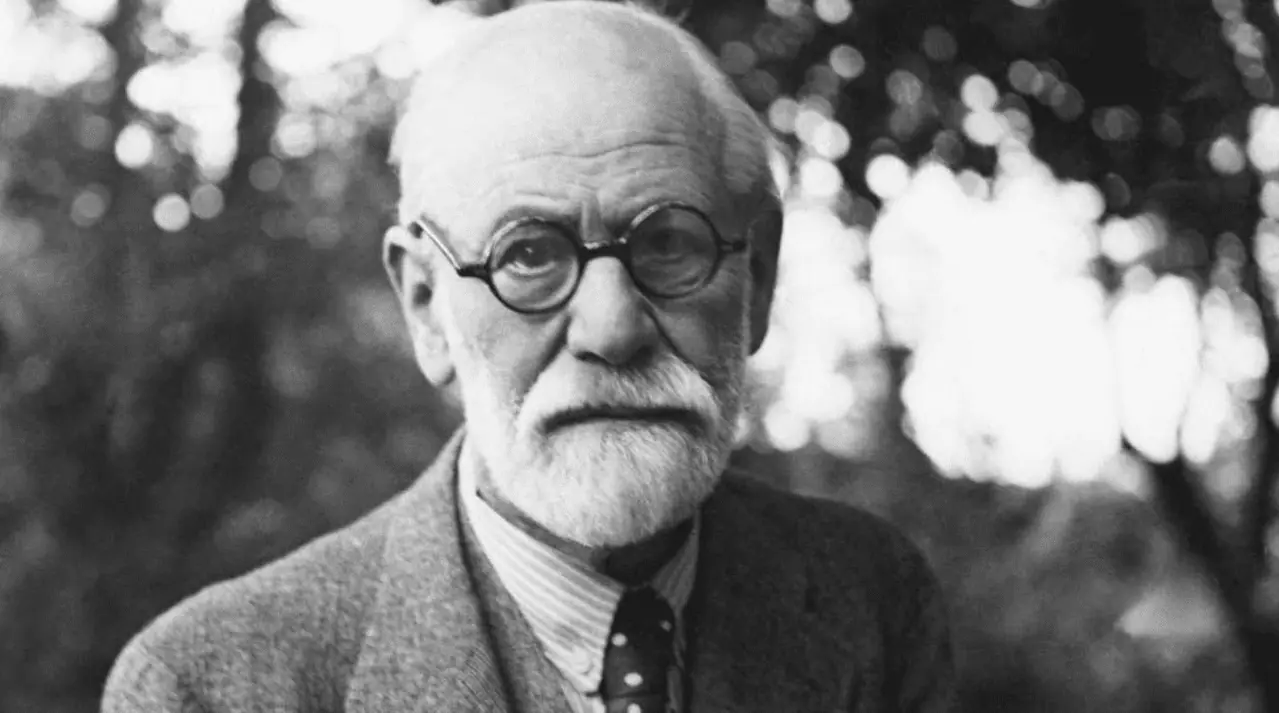
Einstein and Frequency Medicine
Albert Einstein is widely recognized as one of the most influential physicists of the 20th century. While his work focused primarily on theoretical physics, some of his ideas and theories have been applied to medical research and the development of medical technologies. In this article, we will explore Einstein’s thoughts on energy frequency and how they relate to medical science.
Einstein’s Theory of Energy and Mass
One of Einstein’s most famous equations is E=mc², which describes the relationship between energy and mass. This equation states that energy and mass are equivalent and can be converted into each other. This principle is the foundation of the principles of nuclear medicine, which involves the use of radioactive isotopes to diagnose and treat disease.
The use of radioactive isotopes in medicine is based on the fact that these isotopes release energy in the form of radiation as they decay. This radiation can be detected and used to produce images of the body’s internal structures, such as bones, organs, and tissues. Additionally, radioactive isotopes can be used to treat cancer, as the energy released by these isotopes can be used to kill cancer cells.
While the use of radioactive isotopes in medicine can have potential risks and side effects, it has also revolutionized the field of medical diagnosis and treatment.
Einstein’s Work on the Photoelectric Effect
Another area where Einstein’s work has had an impact on medical science is in the development of photonics, which is the study of light and its properties. Einstein’s work on the photoelectric effect helped to develop the field of photonics, which has been applied to medical imaging technologies such as X-rays, CT scans, and MRI.
The photoelectric effect is the phenomenon where electrons are emitted from a material when it absorbs light. This effect is the basis of the operation of photodetectors, which are used in many medical imaging technologies. For example, X-ray machines use photodetectors to detect the radiation that is emitted as X-rays pass through the body. CT scans and MRI also use photodetectors to produce images of the body’s internal structures.
The use of photonics in medical imaging has revolutionized the field of medical diagnosis and treatment by providing doctors with detailed images of the body’s internal structures. This has allowed for more accurate diagnoses and more targeted treatments.
The Use of Frequencies in Medicine
Einstein’s work on energy and mass has also contributed to the development of the use of frequencies in medicine. The use of frequencies in medicine is based on the idea that the body’s cells and tissues have a natural frequency, and that imbalances in these frequencies can lead to illness.
Bioresonance therapy is one example of the use of frequencies in medicine. This therapy uses low-energy electromagnetic frequencies to restore balance to the body’s natural frequencies, with the goal of promoting healing and reducing symptoms of disease. While the use of frequencies in medicine is still considered an emerging field, there is ongoing research into the potential applications of this approach, particularly in the areas of pain management, inflammation, and immune system function.
Albert Einstein’s Thoughts on Energy Frequency in Medicine
While Einstein did not specifically work in the field of medicine, he did express some thoughts on the relationship between energy frequency and health. In a letter to a friend in 1945, Einstein wrote:
“Everything is energy and that’s all there is to it. Match the frequency of the reality you want and you cannot help but get that reality. It can be no other way. This is not philosophy. This is physics.”
This quote suggests that Einstein believed that energy frequency was an important factor in health and wellness. While it is unclear whether he was specifically referring to the use of frequencies in medicine, this quote has been cited by proponents of bioresonance therapy and other alternative medical treatments that are based on the use of frequencies.
In addition, Einstein also wrote about the importance of balance in health. In a letter to his son in 1930, he wrote:
“Health is not merely the absence of disease… Real health is the equilibrium between organism and environment.”
This quote suggests that Einstein believed that health was not simply the absence of disease, but rather a state of balance between the body and its environment. This idea is consistent with the principles of bioresonance therapy, which seeks to restore balance to the body’s natural frequencies.
Conclusion
Albert Einstein’s work in physics has contributed to the development of medical technologies and has helped to pave the way for new approaches to medical treatment and research. His theories on energy and mass have been applied in the field of nuclear medicine, while his work on the photoelectric effect has contributed to the development of photonics, which is used in medical imaging technologies.
Additionally, Einstein’s thoughts on energy frequency suggest that he believed that the relationship between energy and health was important. While the use of frequencies in medicine is still considered an emerging field, ongoing research into the potential applications of this approach suggests that it may have promise in the areas of pain management, inflammation, and immune system function.
Overall, while Einstein did not specifically work in the field of medicine, his work in physics has contributed to the development of medical technologies and has helped to pave the way for new approaches to medical treatment and research, including the use of frequencies in medicine.









